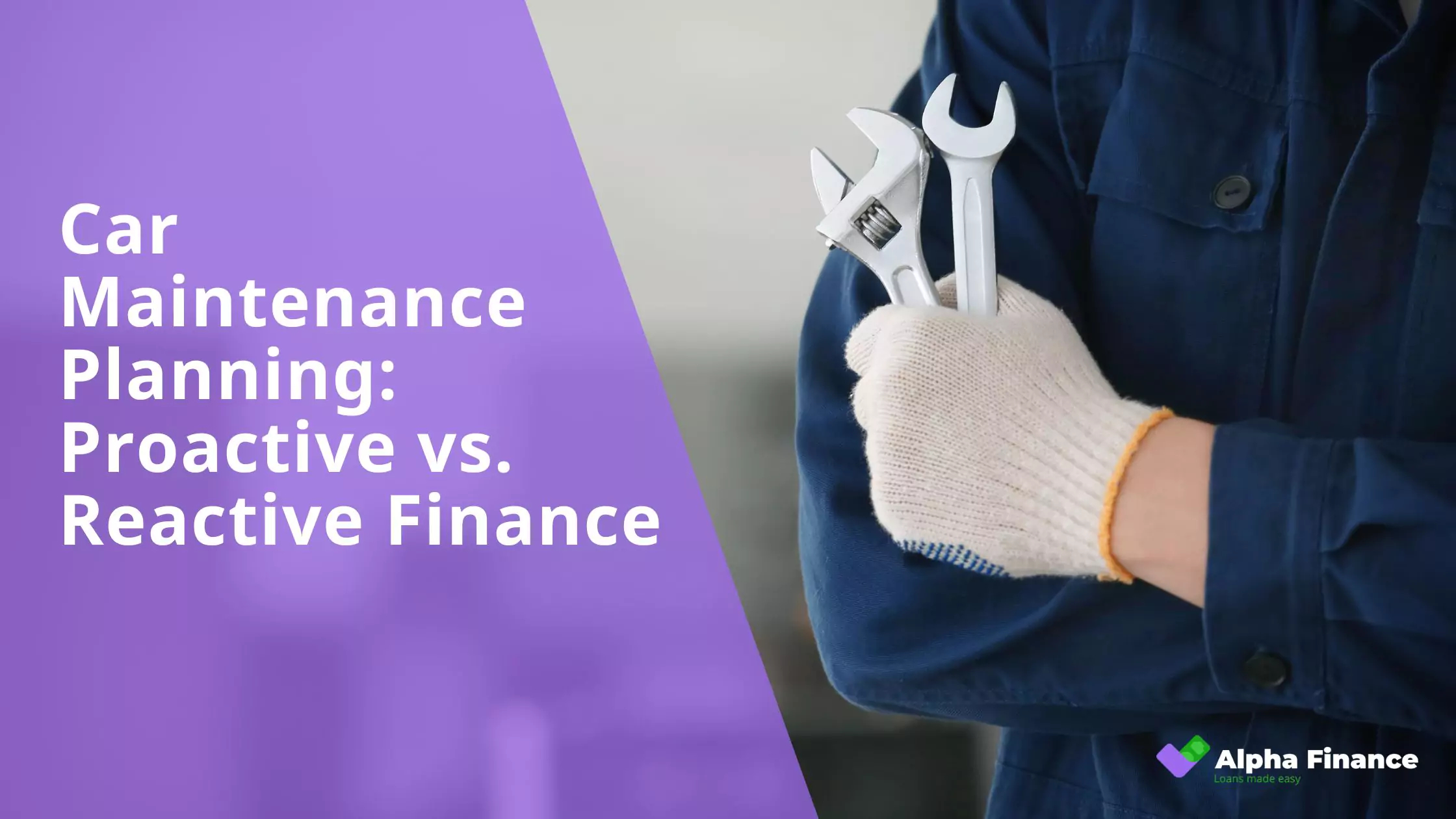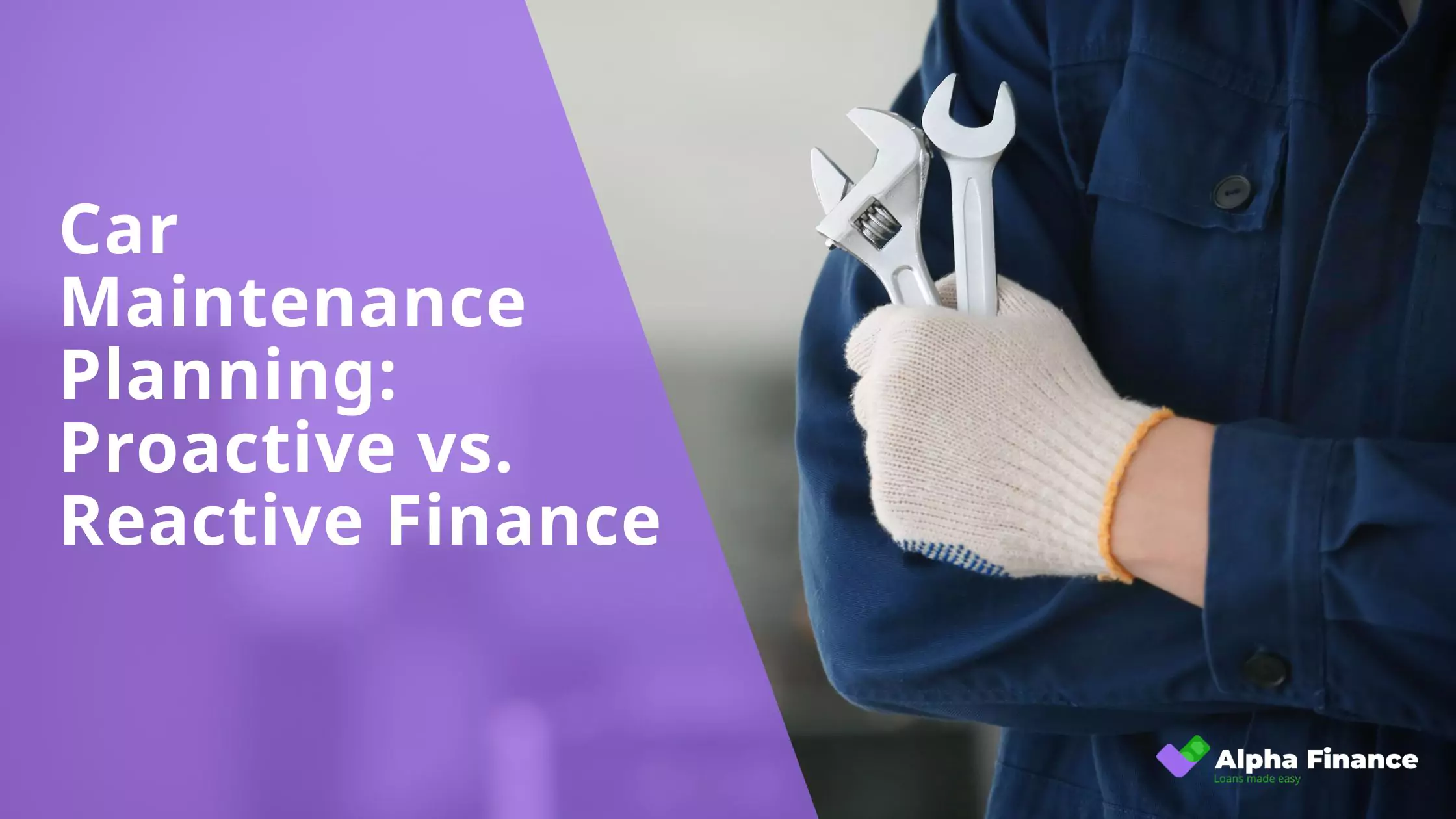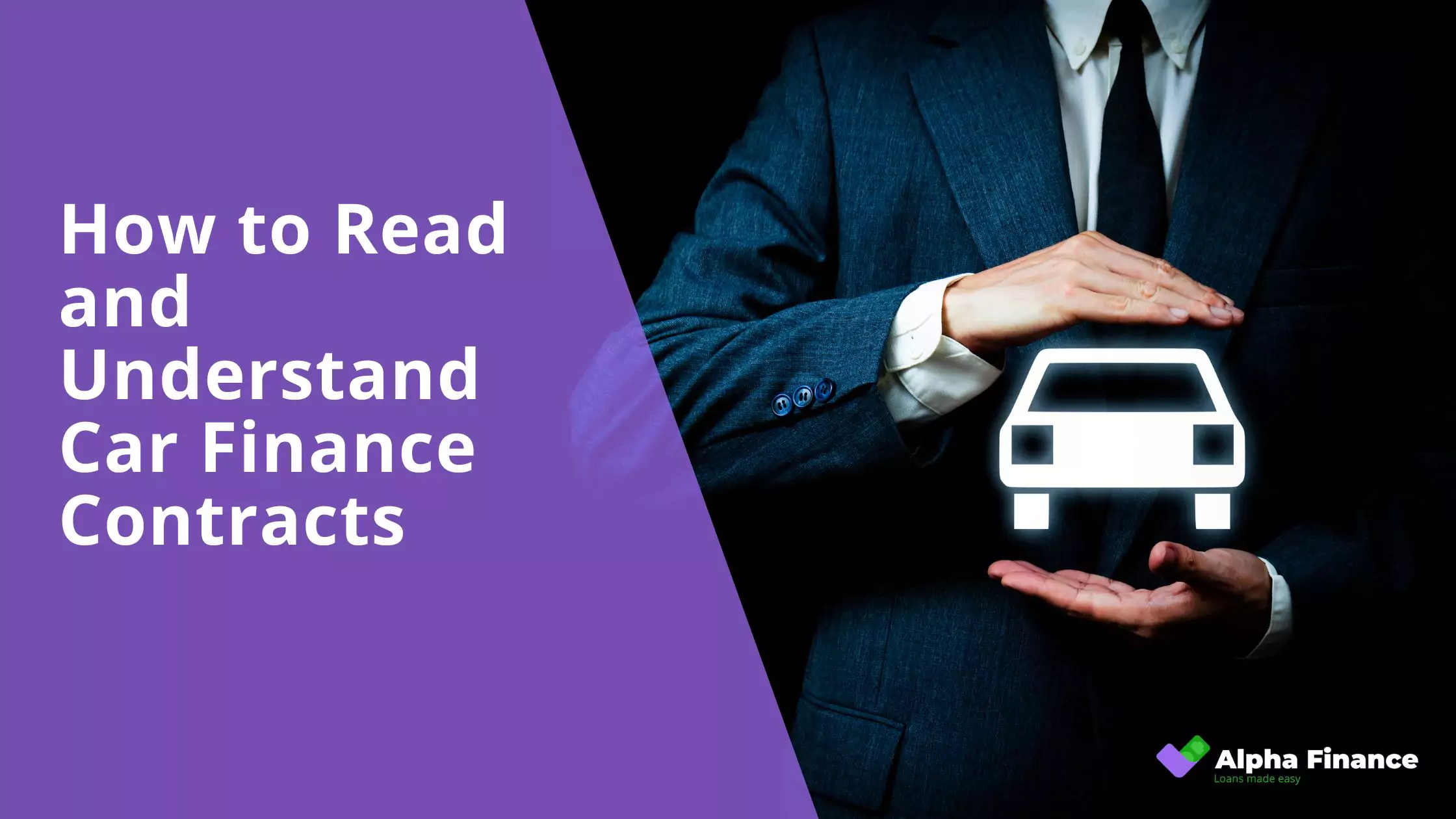Many individuals with a car loan find themselves at a financial crossroads when they have extra funds available. The question arises: should this money be directed towards accelerating the repayment of the car loan, thereby reducing debt, or should it be invested with the aim of growing wealth for the future? This is a common and significant financial dilemma with no one-size-fits-all answer.
This guide aims to provide a comprehensive framework to help you navigate this crucial decision. We will explore the pros and cons of both accelerating car loan repayment and investing, ultimately empowering you to determine the optimal allocation of your extra cash based on your financial circumstances, risk tolerance, and long-term objectives.
The Case for Accelerating Car Loan Repayment:
There are several compelling reasons why directing extra funds towards your car loan might be the more advantageous choice:
-
Saving on Interest: Car loans accrue interest, meaning you pay more than the principal amount you borrowed. By making extra payments, you directly reduce the outstanding loan balance. This, in turn, decreases the amount of interest that accrues over the remaining life of the loan, resulting in significant savings on the total interest paid. The sooner you pay off the principal, the less interest you’ll owe overall.
-
Freeing Up Cash Flow: A car payment is often a substantial monthly expense. By accelerating your loan repayment and achieving an early payoff, you eliminate this recurring obligation from your budget. This newfound financial flexibility can free up a significant amount of cash flow each month, which can then be used for other financial goals, such as investing, saving for a down payment, or increasing discretionary spending.
Peace of Mind: Being debt-free can provide a significant psychological benefit. Reducing or eliminating debt obligations can alleviate financial stress and provide a greater sense of control over your finances. Knowing you own your car outright can contribute to overall peace of mind and reduce feelings of financial burden.
-
Lower Debt-to-Income Ratio: Your debt-to-income (DTI) ratio, which compares your total monthly debt payments to your gross monthly income, is a key metric lenders use to assess your creditworthiness. By paying down your car loan, you reduce your total monthly debt obligations, thereby lowering your DTI. A lower DTI can improve your financial health metrics and potentially make it easier to qualify for other loans or mortgages in the future.
-
Impact on Credit Score (Nuance): Paying off a car loan can have a somewhat nuanced effect on your credit score. On the one hand, it eliminates a debt obligation, which is generally positive. However, it also reduces the diversity of your credit accounts, as installment loans (like car loans) are viewed differently from revolving credit (like credit cards). The overall impact is usually neutral to slightly positive, but it’s generally not the primary driver for credit score improvement compared to consistent, on-time payments. Taking on unnecessary debt solely to improve credit is generally not advisable.
The Potential Power of Investing:
Choosing to invest your extra funds, rather than solely focusing on car loan repayment, opens the door to the potential for significant long-term financial growth:
-
Compounding Returns: Investing allows your money to benefit from the power of compounding. This means that the returns your investments generate also start earning returns, creating a snowball effect over time. The longer your investment horizon, the more substantial the impact of compounding can be, potentially leading to exponential growth of your initial capital.
-
Outpacing Loan Interest (Potentially): Historically, various investment options, such as stocks and bonds, have delivered average annual returns that can potentially outpace the interest rates on many car loans, especially those with lower interest rates. While investment returns are not guaranteed and involve risk, the potential for higher growth over the long term is a key advantage of investing.
-
Long-Term Wealth Building: Investing is a fundamental pillar of achieving significant long-term financial goals, such as a comfortable retirement, funding children’s education, or building substantial wealth. By consistently investing, you are actively working towards securing your financial future and achieving these major life milestones.
-
Diversifying Financial Goals: Allocating funds to investments allows you to pursue multiple financial objectives simultaneously. Instead of solely focusing on eliminating debt, you can also be actively building wealth for the future, creating a more balanced and robust financial strategy.
-
Tax Advantages: Investing through tax-advantaged accounts, such as superannuation in Australia, can offer significant benefits. Contributions may be tax-deductible, and investment earnings may be taxed at a lower rate or even tax-free upon withdrawal in retirement, further enhancing the long-term growth potential of your investments.
The Critical Factor: Comparing Interest Rates and Potential Returns:
The decision of whether to prioritise car loan repayment or investing often hinges on a careful comparison of the interest rate on your car loan and the potential returns you might expect from your investments:
-
The “Rule of Thumb”: A general guideline often suggests comparing your car loan’s annual interest rate to your anticipated annual investment returns. This provides a basic framework for evaluating which option might be more financially advantageous.
-
High-Interest Debt First: If your car loan carries a high interest rate (for example, above 6-7%), prioritising its payoff is often the more prudent financial decision. The high cost of borrowing can erode your financial progress, and the guaranteed return of saving on high interest payments often outweighs the potential (but not guaranteed) returns from investing.
-
Low-Interest Debt and Higher Potential Returns: Conversely, if your car loan has a relatively low interest rate (for example, below 3-4%), and you are comfortable with the associated risks of investing, allocating extra funds to investments might yield better long-term financial results, especially if you have a long investment horizon. The potential growth from investments could outpace the relatively low cost of borrowing on your car loan.
-
Risk Tolerance: It is crucial to remember that investment returns are not guaranteed and involve a degree of risk, depending on the types of investments you choose. The interest saved by paying off a loan, however, is a certain and predictable benefit. Your individual risk tolerance and investment timeframe should play a significant role in your decision-making process.
Key Considerations for Your Decision:
Before deciding how to allocate your extra funds, carefully consider these personal and financial factors:
-
Your Financial Goals: Clearly define your primary financial objectives. Are you currently prioritising becoming debt-free as quickly as possible? Is long-term wealth accumulation your main focus? Or are you aiming for a balanced approach that addresses both debt reduction and investment growth simultaneously? Your overarching goals will heavily influence your allocation strategy.
-
Your Risk Tolerance: Assess your comfort level with the potential volatility and fluctuations inherent in the investment market. If you are risk-averse, the guaranteed return of reducing debt might be more appealing. If you have a higher risk tolerance and a longer time horizon, the potential for higher returns from investments might be more attractive.
-
Your Time Horizon: Consider the timeframe for your financial goals. If you have a long time horizon (e.g., decades until retirement), the power of compounding in investments has more time to work its magic. If your goals are more short-term (e.g., saving for a house down payment in a few years), a more conservative approach to both debt and investment might be warranted.
-
Your Current Financial Stability: Ensure you have a sufficient emergency fund in place – typically 3-6 months of essential living expenses – before aggressively allocating extra funds to either debt repayment or investments. This financial safety net protects you from unexpected expenses and prevents you from derailing your progress in either area.
-
The Specifics of Your Car Loan: Carefully review the terms of your car loan. What is the annual interest rate? What is the remaining loan term? Are there any penalties for making extra payments or paying off the loan early? These details will help you calculate the potential interest savings from accelerated repayment.
-
Available Investment Opportunities: Research the potential returns and associated risks of the investment options you are considering. Understand the historical performance of different asset classes (stocks, bonds, property) and choose investments that align with your risk tolerance and time horizon.
Strategies for Balancing Debt and Investment:
There are various strategies you can employ to navigate the decision of allocating extra funds:
-
The Avalanche Method (Debt): This debt reduction strategy focuses on prioritising the payoff of debts with the highest interest rates first, regardless of the balance. This approach aims to minimise the total interest paid over time and can be particularly effective for high-interest car loans.
-
The Snowball Method (Debt): This method prioritises paying off debts with the smallest balances first, regardless of the interest rate. The psychological wins of quickly eliminating debts can provide motivation and help you stay on track with your debt reduction plan.
-
Dollar-Cost Averaging (Investing): This investment strategy involves investing a fixed amount of money at regular intervals (e.g., monthly), regardless of the current market price. This can help to reduce the risk of investing a large sum at a market peak and can lead to buying more shares when prices are low.
-
Hybrid Approach: Many financial experts recommend a hybrid approach, where you allocate a portion of your extra funds to accelerating debt repayment (especially high-interest debt) and a portion to investments. This allows you to make progress on both fronts simultaneously. The specific allocation can be adjusted based on your individual circumstances and priorities.
-
Prioritise Emergency Fund First: Regardless of your chosen strategy for debt and investment, it is paramount to establish and maintain a sufficient emergency fund before aggressively tackling either. This financial safety net provides crucial protection against unexpected financial setbacks and ensures you don’t have to derail your progress by taking on more debt or liquidating investments prematurely.
Illustrative Scenarios: Car Loans vs. Investing
Let’s delve deeper into each scenario to provide a clearer understanding of the decision-making process:
Scenario 1: High-Interest Car Loan, Conservative Investor
-
The Situation: You have a car loan with an annual interest rate of 9%. This is considered a relatively high cost of borrowing. You also have extra funds available each month. As a conservative investor, you are primarily interested in low-risk investments like government bonds or high-yield savings accounts, which are currently yielding around 3-4% annually.
-
The Analysis: The guaranteed return of saving 9% interest by paying down your car loan outweighs the potential (and lower) returns you might earn from your conservative investment choices. Every extra dollar you put towards the loan saves you 9% on that amount over the life of the loan. Investing at 3-4% while paying 9% interest is essentially losing 5-6% on that money in real terms.
-
The Recommendation: In this scenario, it is likely more financially prudent to prioritise accelerating your car loan repayment. This strategy provides a guaranteed high return (the avoided interest expense) and reduces your overall debt burden more quickly. Once the high-interest car loan is paid off, you can then redirect those funds towards your conservative investments. The peace of mind of being debt-free sooner might also align with your conservative financial nature.
Scenario 2: Low-Interest Car Loan, Aggressive Investor
-
The Situation: You have a car loan with a very low annual interest rate of 2.5%. You also have extra funds available and are a confident and aggressive investor comfortable with the fluctuations of the stock market. Your long-term investment portfolio, consisting of a diversified mix of stocks and ETFs, has historically yielded an average annual return of 8-10% (although this is not guaranteed).
-
The Analysis: In this case, the cost of borrowing on your car loan is significantly lower than the potential long-term returns you might expect from your aggressive investment strategy. By investing the extra funds, you have the potential to grow your wealth at a rate that outpaces the interest accruing on your low-interest car loan. Over the long term, the power of compounding on your investments could lead to a significantly larger financial benefit than the interest saved on the car loan.
-
The Recommendation: Here, it might be more advantageous to prioritise investing the extra funds. While continuing to make your regular car loan payments, allocate the additional money to your investment portfolio. The potential for higher returns over the long run outweighs the relatively small interest savings from accelerating the low-interest loan. However, it’s crucial to remain comfortable with the inherent risks of aggressive investing and maintain a long-term perspective.
Scenario 3: Moderate Interest Loan, Balanced Goals
-
The Situation: You have a car loan with an annual interest rate of 5.5%. You have extra funds available and have balanced financial goals: you want to reduce your debt but also want to start or continue building your investment portfolio for the future. You have a moderate risk tolerance and are considering a mix of stocks and bonds for your investments, with an expected average annual return of around 6-7%.
-
The Analysis: In this middle-ground scenario, the car loan interest rate is neither excessively high nor extremely low, and your potential investment returns are modestly higher. A purely one-sided approach might not feel optimal. Prioritising debt reduction offers a guaranteed saving, while investing offers the potential for growth.
-
The Recommendation: A hybrid approach could be the most suitable here. You might consider allocating a portion of your extra funds each month towards making extra principal payments on your car loan, aiming to pay it off faster and save on interest. Simultaneously, you could allocate the remaining portion of your extra funds to your investment portfolio, allowing you to work towards your long-term wealth-building goals. The specific allocation (e.g., 50/50, 60/40) can be adjusted based on your personal preferences and the urgency of your debt reduction versus investment goals. You could also consider using the “snowball method” for debt if the psychological wins are motivating, even if the “avalanche method” might be slightly more mathematically efficient in terms of interest savings.
These scenarios illustrate how different financial situations, goals, and risk tolerances can lead to different optimal strategies for managing extra funds when you have a car loan. Remember to always consider your own unique circumstances and seek professional financial advice if needed.
Conclusion
Ultimately, there’s no single “right” answer when deciding whether to prioritise paying down your car loan or investing your extra funds. The optimal strategy is deeply personal and hinges on a thorough evaluation of your unique financial landscape: your specific financial goals, your comfort level with investment risk, the interest rate on your car loan, and your overall financial stability. Adopting a thoughtful and strategic approach that balances the desire to reduce debt with the ambition to grow your wealth is key to achieving long-term financial well-being. For tailored advice that considers your individual circumstances and helps you navigate this important decision, consulting with a qualified financial advisor can provide invaluable support.
Affordable Car Loans: Drive Your Dream Today
If you’ve carefully assessed your financial situation and determined that acquiring a car aligns with your current priorities and long-term goals, securing affordable financing is a crucial step towards making that dream a reality. Understanding your loan options and choosing terms that fit comfortably within your budget is essential for responsible car ownership and overall financial health. Alpha Finance offers a range of affordable car loan solutions designed to provide competitive rates and flexible repayment options, empowering you to drive the car you need without compromising your financial future. Explore Alpha Finance’s affordable car loan options and take a confident step towards your driving aspirations today.




